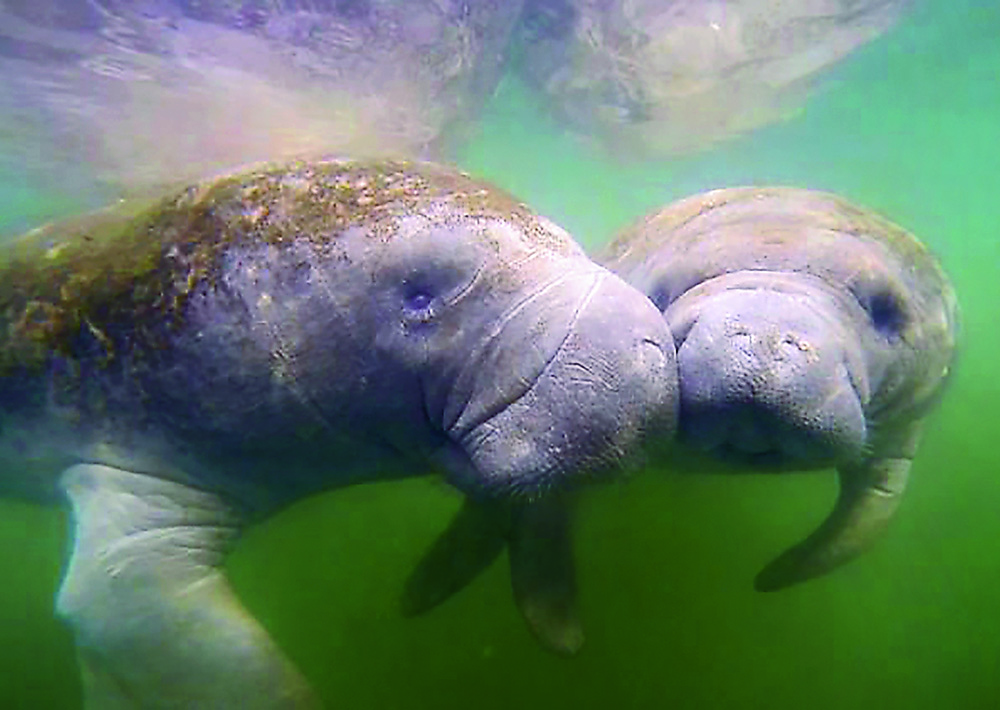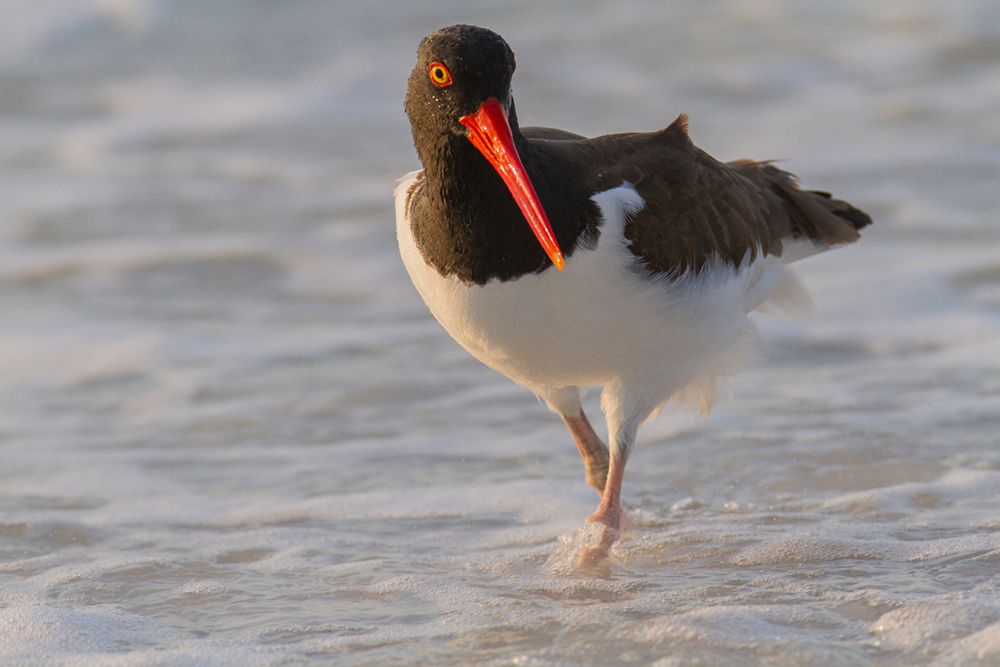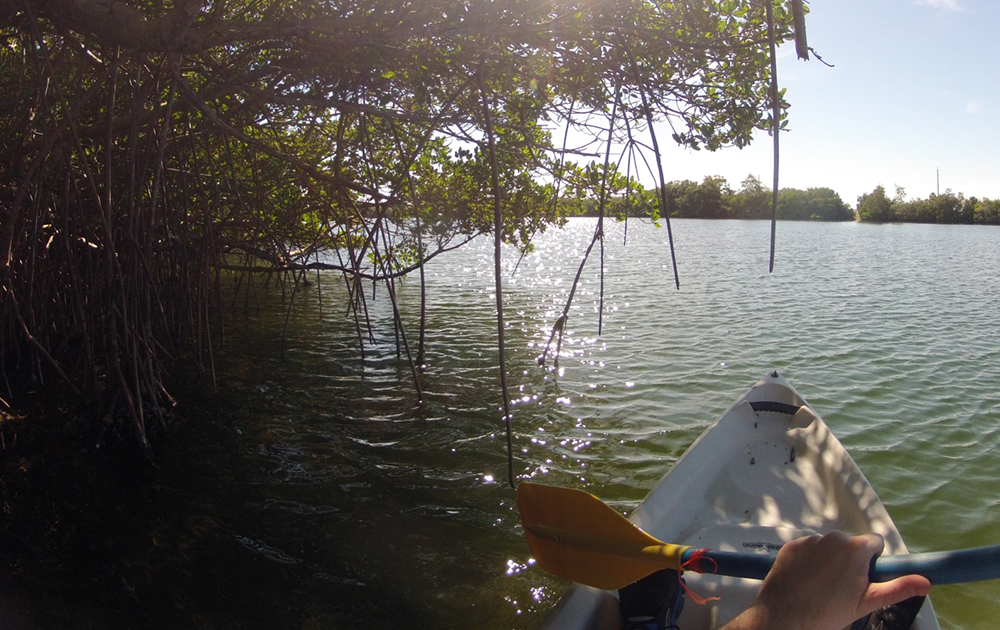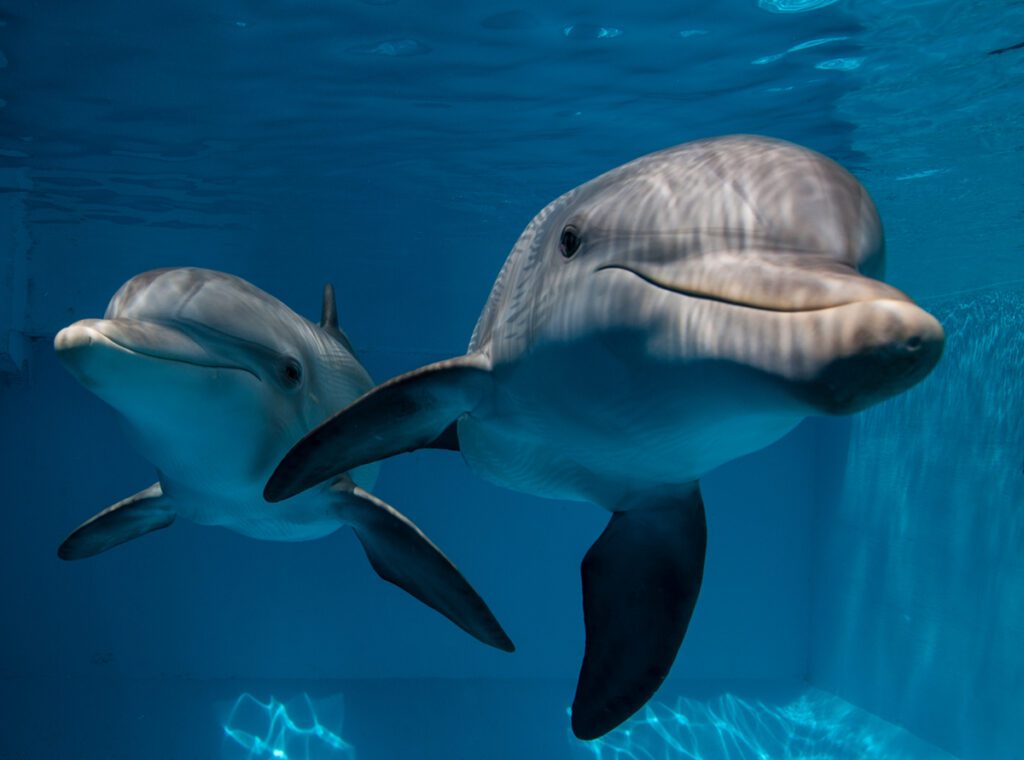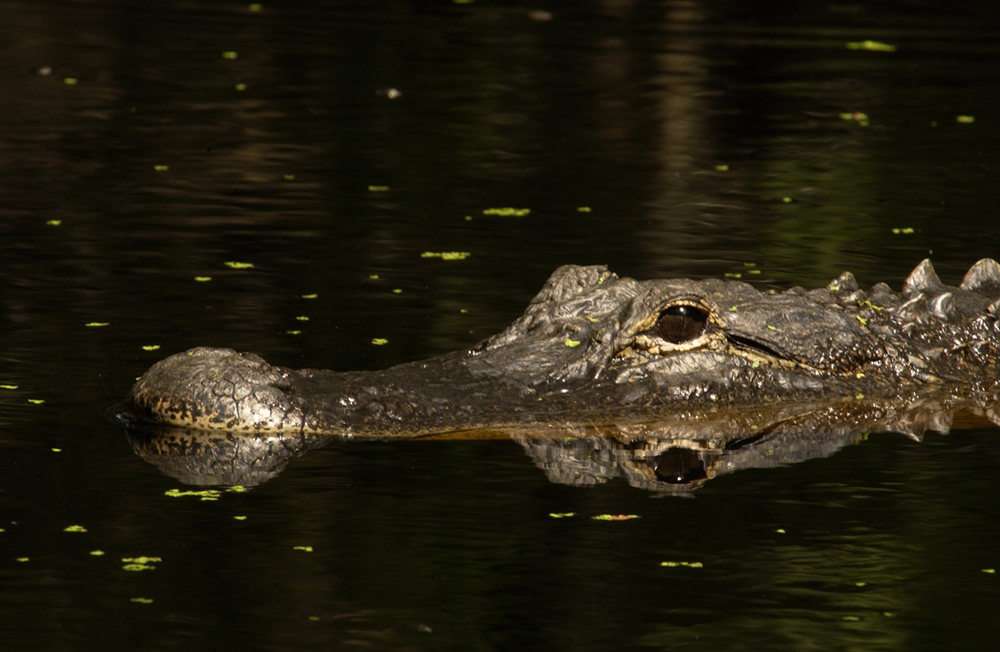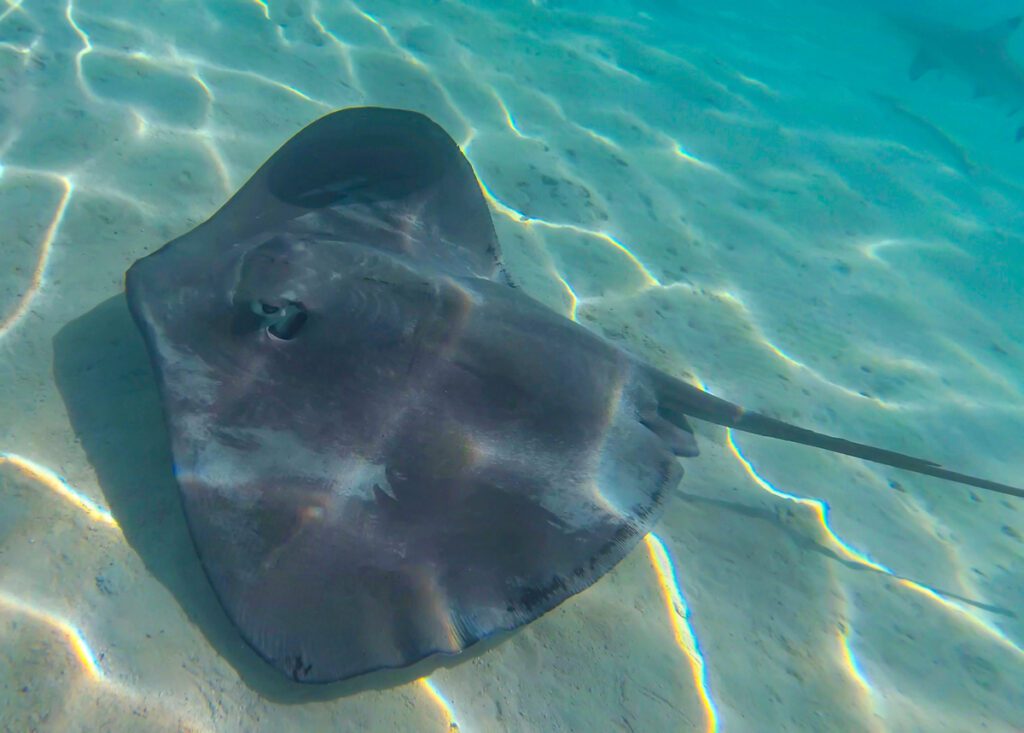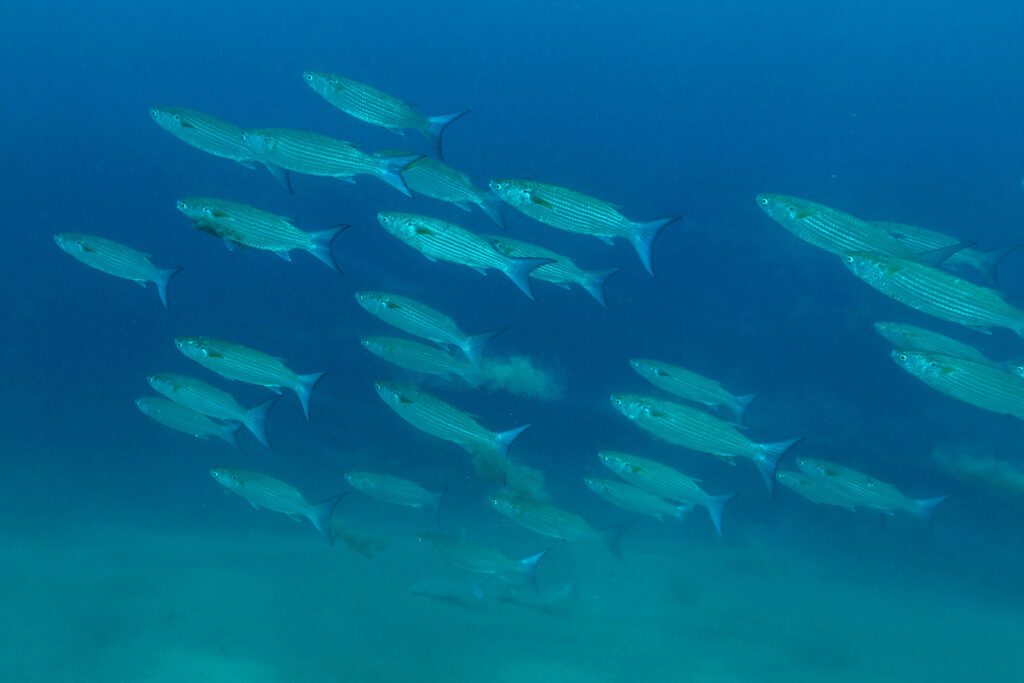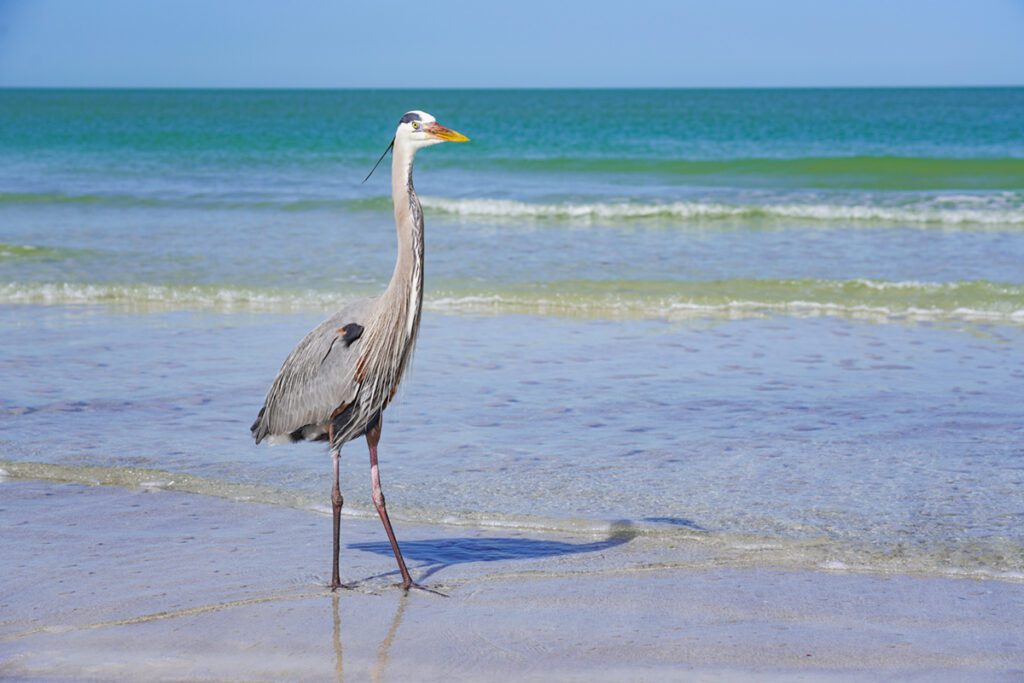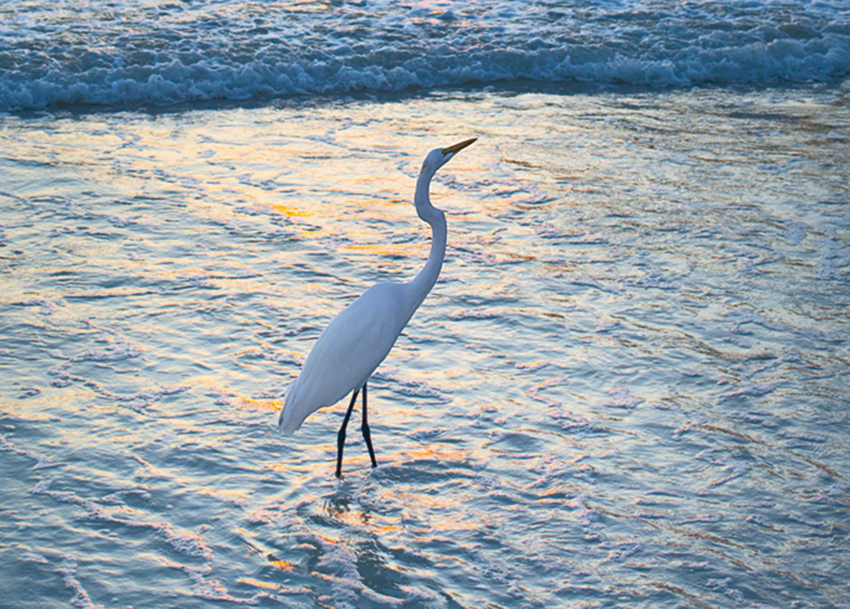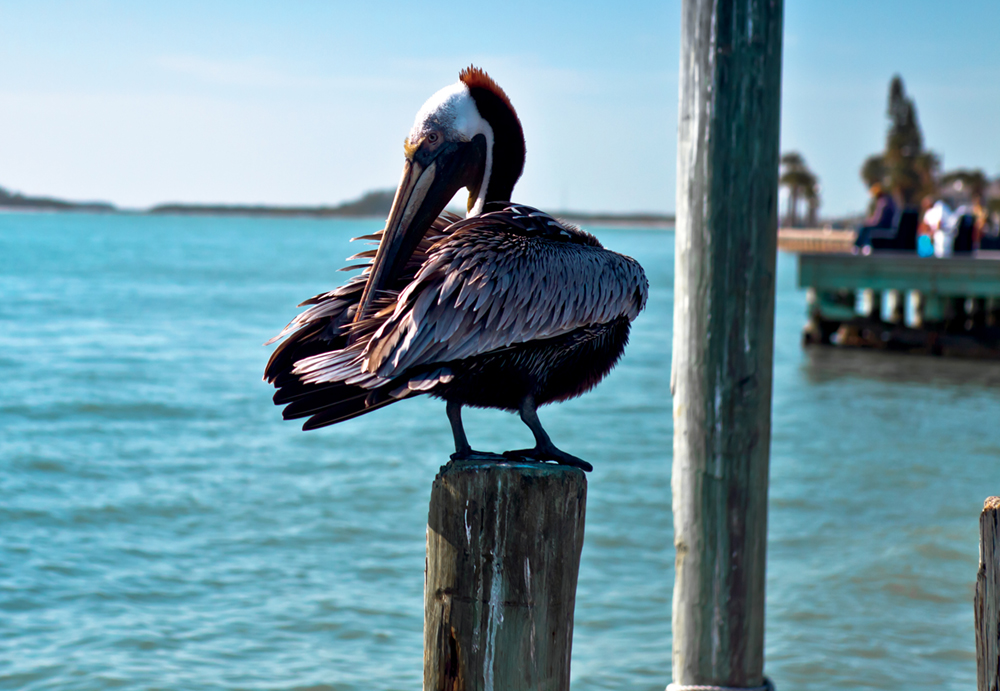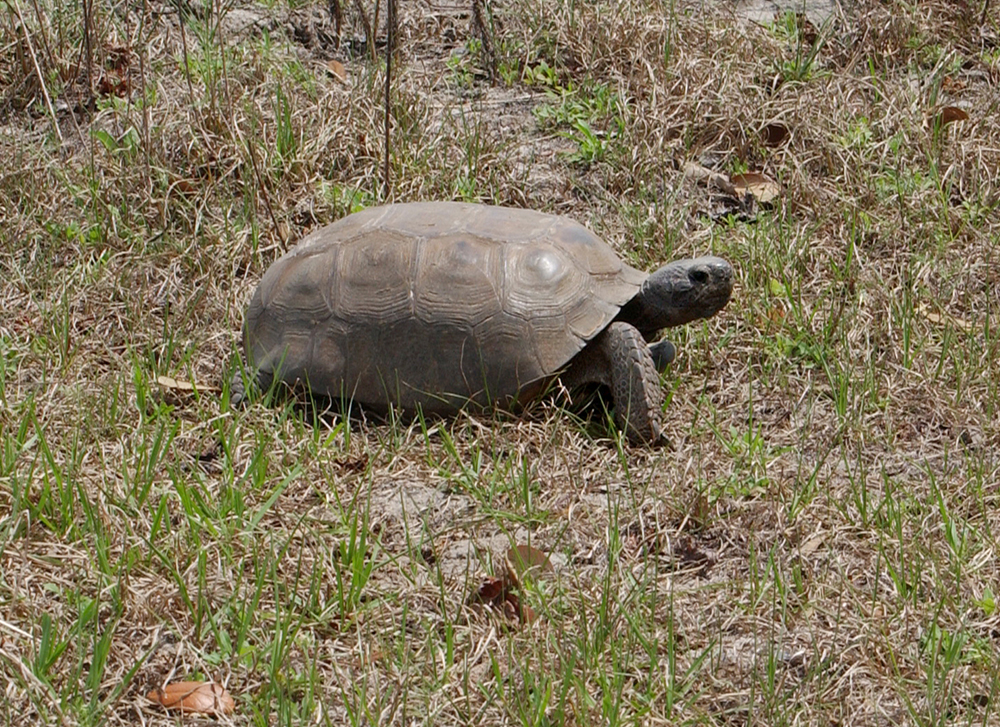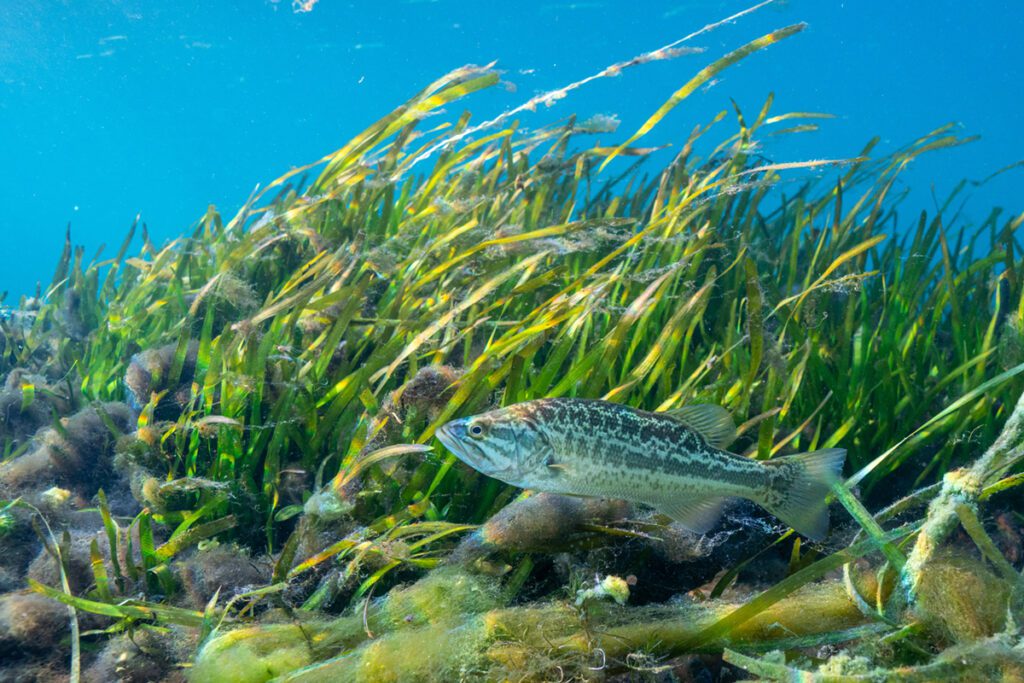Plants & Animals Along Pinellas County Blueways
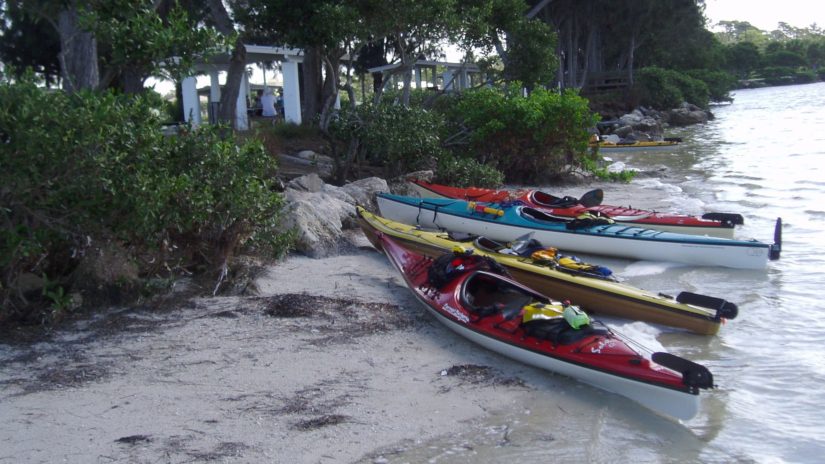
Pinellas County is home to a wide variety of wildlife, much of which lives in the coastal area along the County’s blueways. Check out some of the plants and animals you’re likely to see while exploring below.
West Indian Manatee
Manatees are often found in the coastal waters surrounding Pinellas County. Manatees have an average length of 10 feet and weigh 800-1,200 pounds. They can be found living in freshwater, brackish or marine environment and are herbivorous (feeding on plant material), consuming 80-100 pounds of vegetation daily. These gentle marine mammals are the source of the legendary “mermaids of the sea.” Today, the West Indian manatee is classified as a federally endangered species and are threatened by boat and barge traffic, flood control structures, loss of habitat, pollution and carelessly thrown trash and fishing gear. You should not harass or feed these protected mammals.
American Oystercatcher
Around Pinellas County, you will encounter a number of oyster beds. The beds form where currents can carry food particles to the oysters. When oyster larvae are produced, they are carried by the current until they attach to other oysters to grow. This creates clusters of oysters, or beds, that you see in the water. The American oystercatcher is a shorebird that preys upon the oyster beds and on crabs and starfish.
Mangroves
Three species of mangroves common to Florida can be seen along the Pinellas County coastline. Red mangroves grow along the shore and are often referred to as walking trees because their prop roots give the appearance of walking. Behind these grow black mangroves, which are identifiable by their numerous finger-like projections called pneumatophores. These pneumatophores protrude from the soil and help bring oxygen to the tree’s roots. The white mangrove has light yellow-green leaves that are oval and have two small glands at the base of each blade. Mangroves are essential to the Pinellas County environment, providing organic matter to feed fish and encourage a diverse aquatic habitat. Mangroves also filter human pollution and protect the mainland from flooding associated with storm surge.
Bottlenose Dolphins
Bottlenose dolphins are common to the waters surrounding Pinellas County. They live in groups called “communities” that tend to remain within the same general location for a number of generations. Dolphin feed on a variety of fish, including mullet, pinfish and pigfish.
Alligators
Alligators are present in virtually every body of freshwater in the region. These prehistoric reptiles are normally afraid of humans and will keep their distance. It is illegal to feed alligators because it causes them to lose their natural fear of humans and, as a result, they may begin to associate humans with food. Be careful during the month of May, which is peak mating season for alligators, as they may become territorial. Alligators can be dangerous; do not approach or harass them.
Stingrays
Stingrays are common in the shallow waters around the Pinellas County coastline. They feed from the bottom of the sea floor and can be seen floating, or “flying,” through the water. Stingrays are not aggressive, but will “sting” you with their tail if stepped on. Pinellas County advises those wading in coastal waters to do the “Stingray Shuffle,” shuffling your feet and kicking up sand as you walk. Stingrays rest in the sand and can be difficult to spot if they have buried themselves.
Fish
There are a great number of fish species native to the coastal areas of Pinellas County. One species that you will often find close to the coast and in mangrove areas is the mullet. This fish is recognizable because it often takes flying leaps out of the water. In those shallow areas around Weedon Island and just outside Boca Ciega Millennium Park, it seems that there is almost always a mullet jumping near you. Other varieties of fish to look for include striper, snook and amberjack (in deeper water).
Heron
The great blue heron in Florida comes in two colors – gray and white. While they are the same species of bird, the white morph-colored heron is distinguishable by a solid white body, yellow beak and pale legs. The gray colored heron has a gray body, a white crown stripe and a black plume extending from behind the eye to behind the neck. In general, herons have a large body, an “S-shaped” neck and long legs. They gather in shallow, coastal waters where fish are abundant. It is not uncommon to find these birds in large groups in shallow waters near mangrove areas fishing for a meal. Herons also dine on other animals, including mice.
Egrets
The great egret is also known as a large, white heron. Common to the coastal waters of Pinellas County, these birds are similar to the white-morph great blue heron, but is slightly smaller. The egret has a white body with long black legs and feet. Its neck is “S” shaped and its bill is long and yellow. The snowy white egret, distinguished by its yellow feet, is another bird in the egret family common to the area. The great egret sustains itself mainly on fish and is the symbol of the National Audubon Society, one of the oldest environmental organizations in North America.
Brown Pelican
The brown pelican is the only variety of dark colored pelican out of seven different types, and also the only one that dives from the air to catch its food in the water. They are found on coastlines throughout Pinellas County. In fact, there are a couple of “pelican islands” located on the eastern side of the county, one south of Coquina Key and the other in Coffee Pot Bayou. The brown pelican is listed as a species of special concern in Florida, as shooting the birds for feathers and to “protect” the fish populations became commonplace in the early 20th Century. Pesticide poisoning, especially from DDT, was also a main contributor. Over the past few decades, however, the population numbers have begun to climb again and the brown pelican is gradually recovering.
Wood Stork
This wood stork is a large, long-legged wader with a long neck and a large, slightly curved bill. The wood stork has no feathers on its head or neck, but has plumed white feathers on its body and black feathers on the bottoms of its wings. This stork flies with its neck extended and feeds mainly on coastal fish. This bird is listed as endangered because wetland development is eliminating its mangrove habitat.
Roseate Spoonbill
The roseate spoonbill is listed as a species of special concern in Florida. Locally, they are commonly found on coastal or spoil islands. It is the only spoonbill species in the Western Hemisphere and the only pink bird to breed in Florida. This bird is vulnerable to human disruption of its nesting colonies and to the alteration of its feeding habitats.
Gopher Tortoise
The gopher tortoise is common in many upland habitats in Florida, including scrub, pine flatwoods and dunes along the beach. The tortoise requires sandy soil for burrowing into the ground, small plants to eat and an open tree canopy to allow sunlight through. The burrow provides the tortoise with protection from predators, extreme heat conditions and stormy weather. Florida classifies these herbivorous reptiles as a species of special concern. The main threats to gopher tortoises today are habitat destruction, invasive species and an upper respiratory disease that has spread throughout the tortoise population.
Seagrasses
Seagrasses are submerged aquatic vegetation and an integral part of our local marine environment. A single acre of seagrass can produce 10 tons of leaves per year, which provide food, habitat and breeding areas for fish, shorebirds and aquatic mammals. These beds also provide protection to juvenile fish and dampen the effects of wave action on the coastline. Be sure to avoid damaging or harming this plant. The greatest threats to seagrasses come from pollution and propeller scarring. In Pinellas County, special seagrass protection areas exist around both Fort De Soto Park and Weedon Island. St. Joseph’s Harbor, between Tarpon Springs and Dunedin, is also heavily vegetated with seagrasses. Special precautions should be taken in these areas so as to not damage this vital habitat.
